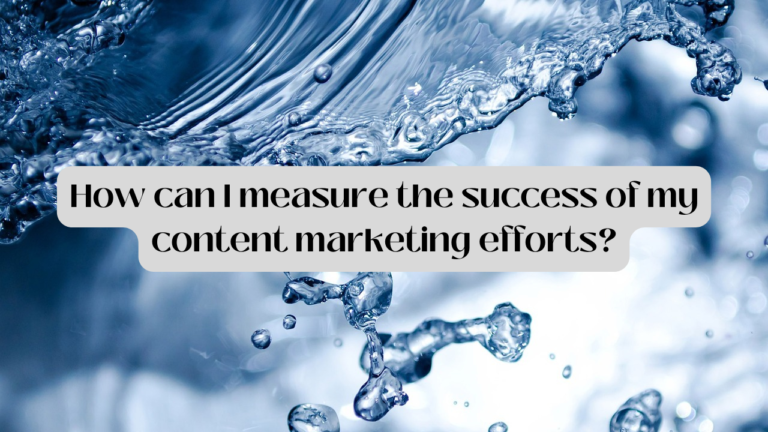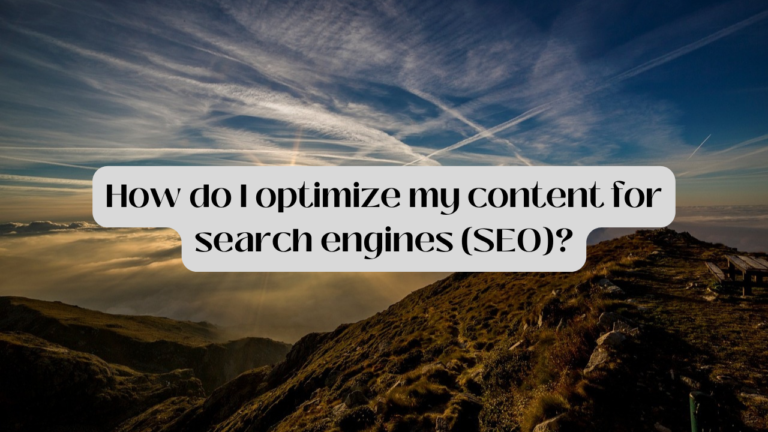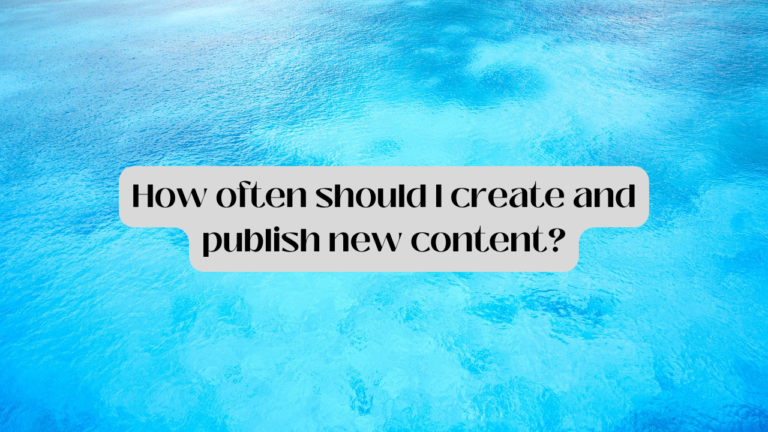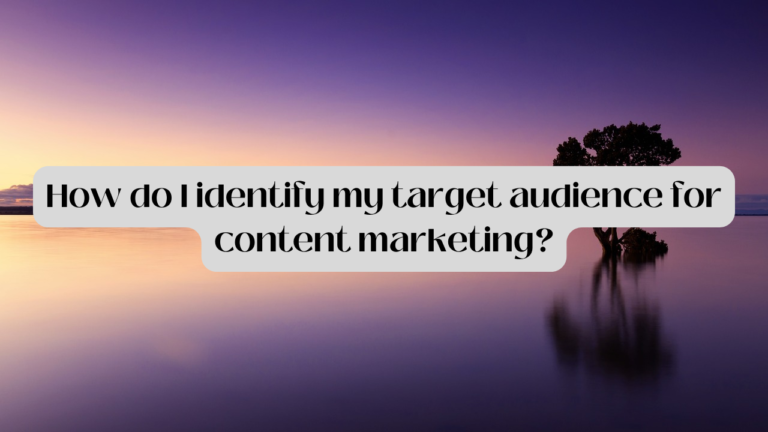What Types Of Content Work Best For Content Marketing?
In the dynamic realm of digital marketing, where attention spans are fleeting and user engagement is paramount, content marketing stands tall as an indispensable strategy for businesses aiming to capture and retain their target audience’s attention. The art of content marketing involves crafting and disseminating valuable, relevant, and consistent content to attract and engage a defined audience, ultimately driving profitable customer action. However, in the vast ocean of content options, how can marketers navigate and identify the content types that work best for content marketing? This comprehensive guide delves into the intricacies of content marketing and unveils the types of content that yield exceptional results.
Hooking the Audience: The Essence of Content Marketing
Picture this: your target audience scrolling through their social media feeds, inundated with an avalanche of content from all directions. Amidst this digital noise, how do you captivate their attention? This is where content marketing emerges as a beacon of light. Unlike traditional advertising that often interrupts consumers, content marketing aims to provide value before asking for anything in return. It’s a strategic dance between creating content that resonates with the audience’s interests and addressing their pain points. To master this art, understanding the nuances of content types is crucial.
Content Types That Shine:
1. Informative Blog Posts: Sharing Knowledge
Informative blog posts reign as one of the foundational pillars of content marketing. These well-researched articles provide insights, solutions, and educational value to the target audience. By addressing common queries and challenges within the industry, businesses establish themselves as authoritative sources of information. In the digital age, where users seek instant answers, informative blog posts not only drive traffic to the website but also foster trust and loyalty.
FAQ: How can I ensure my informative blog posts are effective?
Answer: To make your informative blog posts effective, conduct thorough research, structure your content with clear headings and subheadings, use data and examples to support your points, and optimize for search engines with relevant keywords.
2. Engaging Visual Content: The Power of Visuals
Humans are naturally drawn to visual content. Infographics, videos, and images are incredibly effective in conveying complex information in a concise and engaging manner. Visual content is more likely to be shared across social media platforms, increasing the reach and visibility of your brand. It’s also an excellent tool for breaking down intricate concepts, making them more digestible for your audience.
FAQ: What are the key elements of a compelling infographic?
Answer: A compelling infographic should have a clear and logical flow, use eye-catching visuals and color schemes, include concise and impactful text, and provide accurate data and sources.
3. Interactive Content: Fostering Engagement
Interactive content encourages audience participation, transforming passive consumers into active participants. This category includes quizzes, polls, surveys, interactive eBooks, and more. By involving the audience in the content creation process, you not only gather valuable insights but also enhance engagement and create a memorable experience.
FAQ: How can I ensure my interactive content is relevant and valuable?
Answer: Before creating interactive content, understand your audience’s preferences and interests. Craft questions and options that resonate with their needs. Additionally, provide meaningful results or insights at the end of the interaction.
4. Case Studies and Success Stories: Building Credibility
Human beings are wired to connect with stories. Case studies and success stories humanize your brand by showcasing real-world scenarios where your product or service has made a positive impact. These narratives instill confidence in potential customers and demonstrate your ability to deliver results.
FAQ: What makes a compelling success story?
Answer: A compelling success story includes a relatable problem faced by a customer, a detailed explanation of how your product or service solved the problem, measurable outcomes, and the customer’s testimonial or feedback.
5. Educational Webinars and Podcasts: The Power of Voice
Webinars and podcasts allow you to directly engage with your audience through voice. Hosting educational webinars and podcasts on relevant topics positions your brand as an industry thought leader. Participants have the opportunity to ask questions in real-time, fostering a sense of community and authenticity.
FAQ: How can I make my webinars and podcasts engaging?
Answer: Prepare well-structured content, invite knowledgeable guests, promote the event beforehand, encourage audience interaction through Q&A sessions, and provide actionable takeaways.
In Conclusion: Crafting a Winning Content Strategy
The realm of content marketing is a universe of endless possibilities. To achieve maximum effectiveness, marketers must understand the diverse array of content types at their disposal and tailor their strategies to align with their target audience’s preferences and behaviors. Whether it’s enlightening blog posts, captivating visuals, interactive experiences, compelling stories, or insightful podcasts, each content type has its own unique power to engage, educate, and convert.
As the digital landscape continues to evolve, embracing a versatile approach that incorporates a mix of these content types is paramount. The key lies not just in creating content, but in creating content that truly resonates, leaving an indelible mark on the minds of your audience.
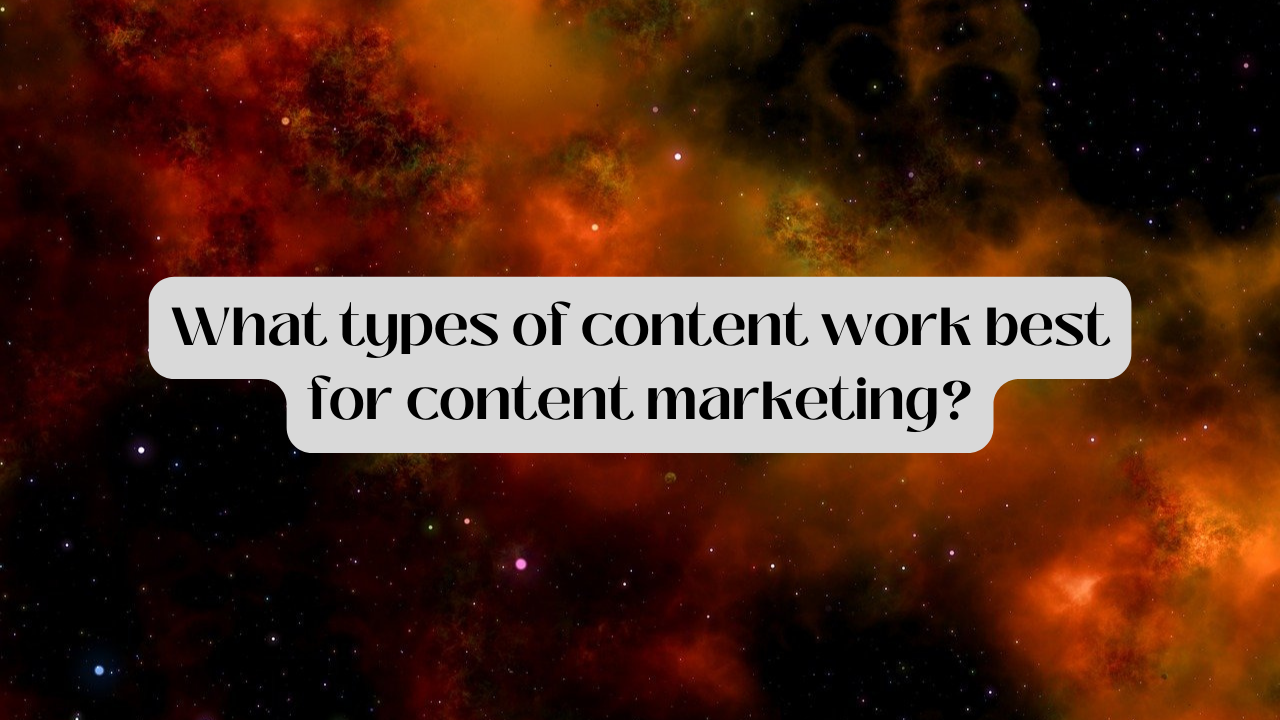
FAQs:
Q1: How do I determine which content types are best for my business?
A1: Start by understanding your target audience’s preferences, behaviors, and pain points. Conduct surveys, analyze social media engagement, and study your competitors to identify content that performs well in your niche.
Q2: Can I repurpose my content across different platforms?
A2: Absolutely! Repurposing content involves adapting existing content for different formats or platforms. For instance, you can transform a blog post into a video script or create infographics based on research from a whitepaper.
Q3: Is there a “one-size-fits-all” approach to content marketing?
A3: No, every business and audience is unique. The effectiveness of content types depends on your industry, target audience, and overall marketing goals. It’s essential to experiment and iterate to find what works best for your specific context.
Q4: How often should I create and publish content?
A4: Consistency is key, but quality should never be compromised. It’s better to create high-quality content less frequently than to churn out mediocre content daily. Find a cadence that suits your resources and resonates with your audience.
Q5: What role does SEO play in content marketing?
A5: Search Engine Optimization (SEO) is crucial for content discoverability. By incorporating relevant keywords, optimizing meta descriptions, and ensuring a mobile-friendly experience, you enhance your content’s visibility on search engines, driving organic traffic.


